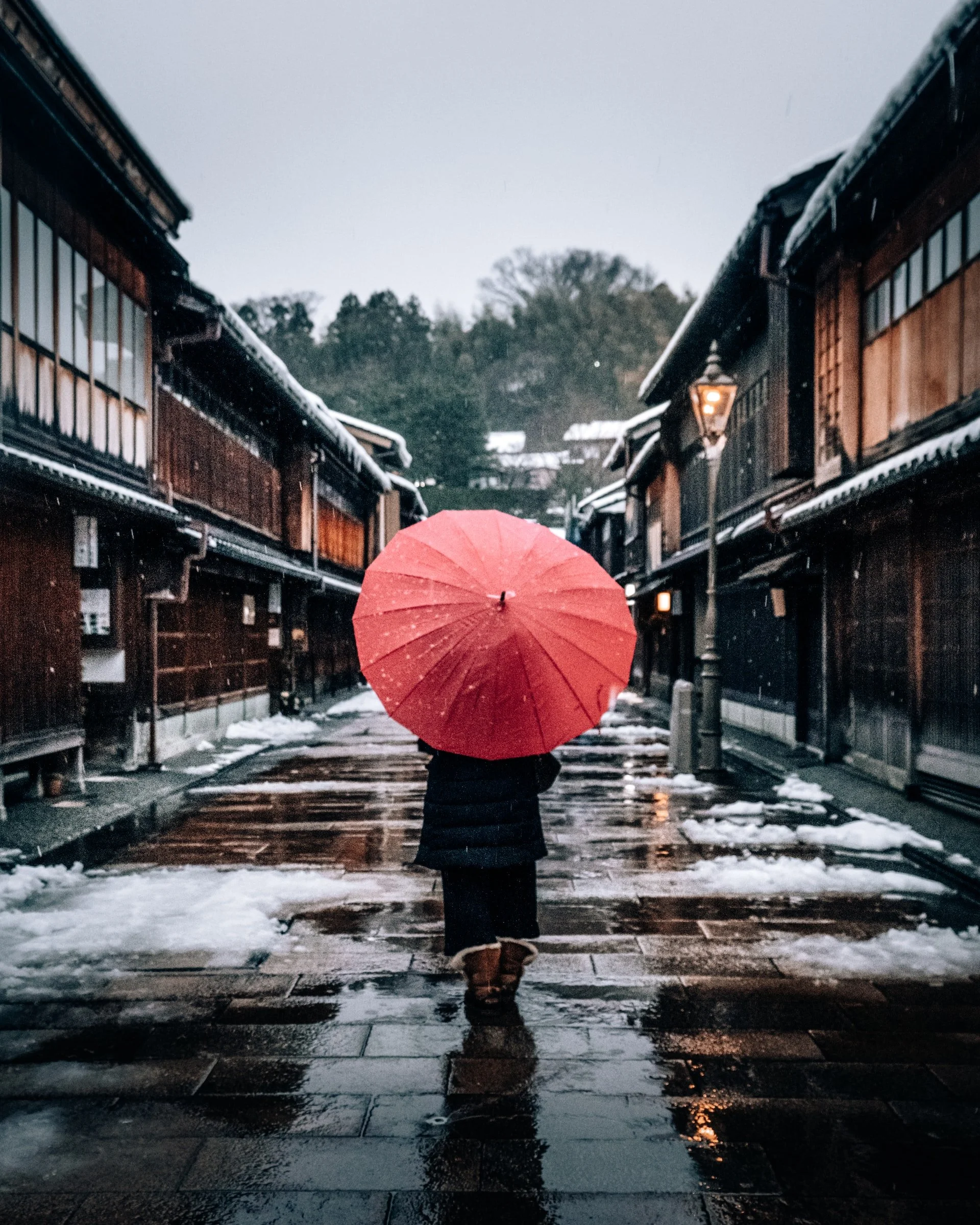Since the start of the year, I have been really leaning into exploring the parts of my personality that I would rather not look at—the parts I’m shameful or embarrassed about, and the ones that I try to hide or keep at bay but always, always show up at some point in my relationships.
Read MoreI remember so many times in my early romantic relationships (and honestly, some adult friendships) when I truly did ignore all the warnings, some of them as blatant as “I do not want to be in a relationship right now.”
Read MoreI want to talk about anxious attachment behaviors, impulses, and tendencies. I remember viscerally how it feels to be in relationship with someone who leans toward the avoidant end of the relational spectrum as a person who has the anxious style—and I would describe it as torturous at times, to be completely honest.
Read MoreThis blog post is a follow-up to a previously published post, Is Your Partner Avoidant or Abusive? Let’s talk about the differences. This post continues to receive comments and engagement, and I want to continue the discussion here with additional nuance and updated considerations.
Read MoreI hope you’re enjoying early springtime. Here in the mountains of Western North Carolina, so much is already blooming and I’m soaking it all in on my short walks (waddles?) with my dog. I’m 37 weeks pregnant and even though our initial plans were to have a non-surgical birth this time around, it looks like we are headed that direction after all. This sweet baby is happy to sit head-up in their cozy uterus hammock and just like with my first, seems to be asking us to come get them. So my mantra lately has been “okay love, I hear you. Stay put. We are coming for you. We will be there so soon.”
Read MoreNow that I’ve done this work for a while, I’m able to see that there are a lot of different ways to utilize attachment theory. I think the most effective way to utilize attachment theory is using approachable and inclusive materials, dropping in to the body, and creating resources and strategies that build a felt sense of safety.
Read MoreThe Pay What You Please Online Course Sale is happening NOW through Sunday, April 24!
Read MoreI hope you are doing well and February is feeling more ease-full than January (I’m not sure what your January was like, but mine was LONG).
Like many of us, I’ve been hard at work in my own personal therapy on processing some of the difficult experiences I’ve gone through and growing my awareness of the old patterns I carry with me, many of which I don’t even realize are still hanging around. And just like my clients, I have had several moments where I’ve said out loud “I honestly thought I worked through that already! Why is it coming up for me again?” My answer to myself recently has been this: healing has many layers.
I recently returned from a short trip back to where I grew up—southeastern Michigan, the suburbs of Detroit. I don’t know about you, but when I visit the place where I spent my childhood, I have an intense emotional experience. As I walked around my undergraduate college campus, I was flooded with feelings of grief. I wish I had known and understood certain aspects of my identity when I was younger. I wish I had been more self-confident. I wish I hadn’t stayed in those terrible relationships (if you could even call them that) with people who didn’t respect or appreciate me. I wish I didn’t try to control people. I wish I didn’t try to convince people to love me. I wish I loved myself more. I wish I understood my worth and potential and was able to relax and enjoy my life instead of chasing people who didn’t recognize it either.
Read MoreA common question in relationships is “how much space should I give my partner?” It’s tricky to navigate this at times, especially if you are in an anxious-avoidant relationship dynamic. Your partner indicates they want space, but you want to know *exactly* what that means. This desire is completely understandable—we know that for folks with the anxious attachment adaptation, that space can feel excruciating at times. And of course, you want to do it well and be respectful of your partner’s needs.
Read MoreI am so excited to share this post with you today. I have had the opportunity to connect with the creator of the Loving Avoidant Instagram page who has generously and vulnerably shared their experiences with the avoidant attachment adaptation. As you know, I believe this style is deeply misunderstood and has a negative reputation in the attachment world. There is so much healing we can all do by learning more about how people experience this style, what it’s like for them in relationships, and how we can all become more loving, safe, and accepting human beings.
Read MoreOne of the most frequently asked questions I receive as an attachment therapist is how to navigate the infamous anxious-avoidant relationship pattern. It’s a tricky one and I know from experience how challenging it feels to love someone so much and also feel unclear about how to approach your relationship and your partner. This dynamic can bring a lot to the surface for both partners, so I believe it’s a real opportunity to do our personal attachment work and bring that to our relationship.
Read More












